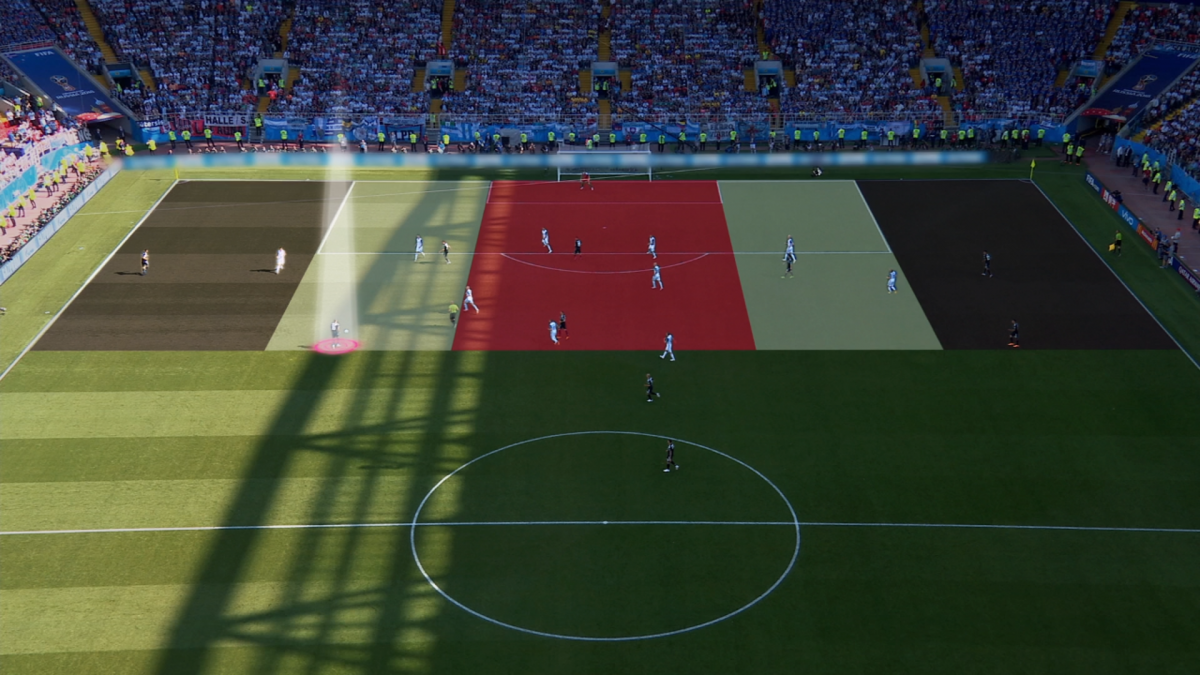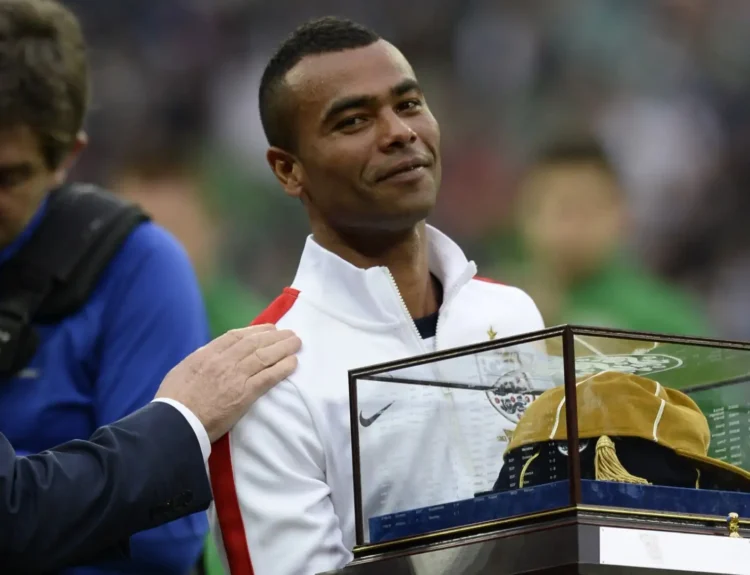Table of Contents
Introduction: The Tactical Importance of Spatial Zones
In football, understanding the pitch in terms of tactical zones is essential for analyzing team strategy and performance. The field is generally divided into three primary sections: the defensive third, the middle third, and the final third. Among these, the final third holds the greatest attacking potential and is where most decisive actions occur.
Defining the Final Third in Football
The term “final third” refers to the attacking third of the pitch—specifically, the area closest to the opponent’s goal. It usually starts approximately 30–35 yards from the goal line and includes the penalty box. Teams entering this zone are in a position to create goal-scoring opportunities through strategic build-up play, precise execution, and coordinated movement.
Understanding what is the final third in football provides insight into how teams transition from possession to attack. It is the phase where technical ability and tactical intelligence must combine to overcome defensive structures and finish chances effectively.
The Role of the Final Third in Modern Football Tactics
Creating and Converting Opportunities
The final third is the most congested part of the field, as defenders aim to minimize space and time for attackers. As such, successfully navigating this zone demands accurate passing, intelligent off-the-ball movement, and quick decision-making. Most attacking systems—whether possession-based or counter-attacking—are built around maximizing efficiency in this area.
Tactical Objectives in the Final Third
- Penetrating Defensive Lines: Teams often employ vertical passes, dribbles, and overlaps to break through rigid defensive blocks.
- Maintaining Width and Depth: Stretching the defense horizontally and vertically creates gaps that attackers can exploit.
- Increasing Tempo: Accelerating the pace of play in the final third can catch defenders off guard and lead to higher-quality chances.
Key Player Roles and Responsibilities in the Final Third
Forwards and Strikers
Strikers serve as focal points in the final third. They are expected not only to score goals but also to make intelligent runs, link up with midfielders, and apply pressure on the opposition’s defense.
Attacking Midfielders
Playmakers operate between the midfield and forward lines. Their responsibilities include threading through balls, exploiting half-spaces, and orchestrating offensive transitions. In understanding what is the final third in football, the attacking midfielder’s vision and spatial awareness are central.
Wingers and Wing-Backs
Wide players are critical in stretching the pitch and delivering service into the box. Through crosses, cutbacks, and one-on-one duels, they help increase penetration in the attacking third.
Strategies and Movements in the Final Third
Combination Play and One-Twos
One of the most effective tools in the final third is quick combination play. Short passes, especially one-twos, are used to navigate tight defensive zones and open up shooting angles.
Diagonal Runs and Third-Man Movements
Diagonal movements—such as cutting inside or making angled runs behind defenders—create unpredictability and disrupt defensive lines. Third-man runs, where a player moves into space vacated by a teammate, are particularly valuable in structured attacking sequences.
Set-Piece Execution
Set-pieces, including corners and free-kicks, are often the result of sustained pressure in the final third. Well-rehearsed routines can capitalize on defensive vulnerabilities and turn low-probability chances into goals.
Challenges Teams Face in the Final Third
Compact Defensive Blocks
Defending teams frequently deploy low blocks to absorb pressure and restrict movement in the final third. Breaking these structures requires patience, precision, and positional interchange.
High Defensive Pressure
Some teams counter pressure with pressure—pressing high even in their own final third. This forces attackers into making quicker decisions and often leads to turnovers if they’re not composed.
Execution Under Pressure
The margin for error is smallest in this part of the field. Misplaced passes, poor touches, or lack of communication can immediately squander attacking opportunities or trigger counter-attacks.
Enhancing Team Performance in the Final Third
Training Methodologies
Coaches often simulate final third scenarios in training to develop player instincts. Exercises include finishing drills, positional rotations, and attacking overloads to improve creativity and timing.
Data-Driven Analysis
Modern football relies heavily on data to assess performance in the final third. Metrics like “final third entries,” “passes into the box,” and “expected goals (xG)” are used to refine strategy and evaluate effectiveness.
Mental and Tactical Preparedness
Understanding what is the final third in football also involves mental preparation. Players must read the game dynamically, communicate effectively, and stay composed even under intense defensive pressure.
Conclusion: Why the Final Third Defines Outcomes
The final third is where tactical theory meets execution. It is the culmination of buildup play and the gateway to goal-scoring success. Knowing what is the final third in football enables players, coaches, and analysts to appreciate the complexities of modern attacking strategies. Ultimately, dominance in this area often distinguishes top-performing teams from the rest.








